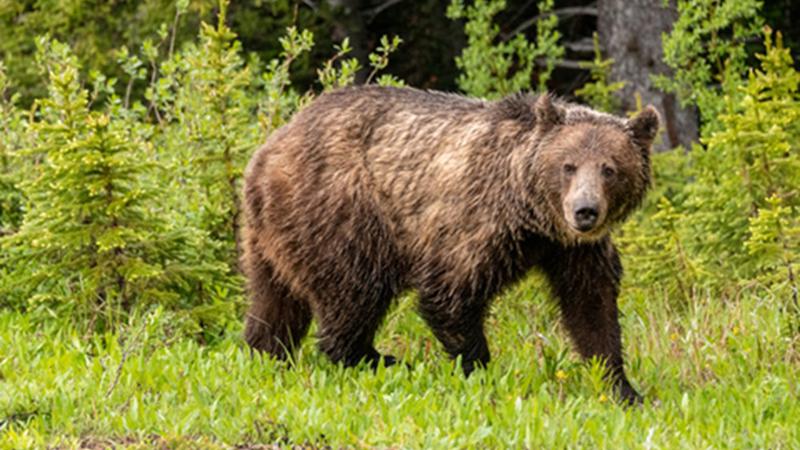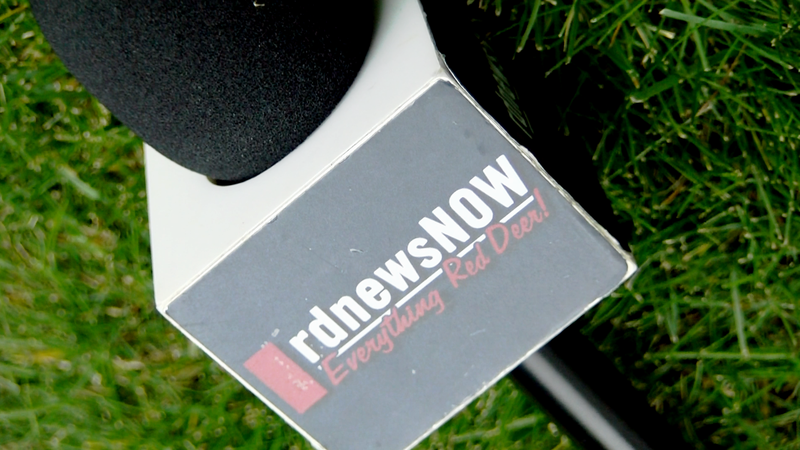
Provincial government taking aim at problem wildlife
Alberta’s government says it is taking action to protect Albertans lives and livelihoods from problem wildlife, including grizzly bears.
So far in 2024, the Alberta government says there have been significantly more reports than usual of problematic – and dangerous – grizzly-human and grizzly-animal interactions as well as agricultural losses due to elk foraging.
As Alberta’s grizzly bear and elk populations continue to grow in numbers and expand their territories, the government says negative interactions have increased in both severity and frequency. Provincial officials say recent conflicts between grizzly bears and humans have been predatory in nature and have not been related to the protection of cubs or food sources. Additionally, the government claims agricultural losses due to elk foraging on crops are increasing across the province, and this problem requires additional tools to manage growing elk herds in Alberta.
To protect Alberta families and communities, visitors, and agricultural producers, Alberta’s government is announcing a multi-pronged approach to solving the issue of problem and dangerous wildlife by offering a range of management tools to address challenges.


